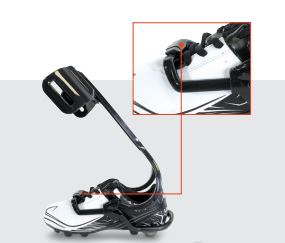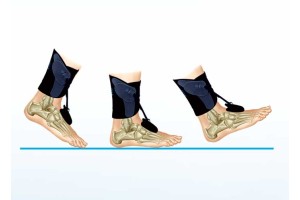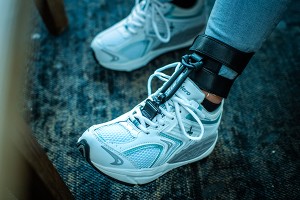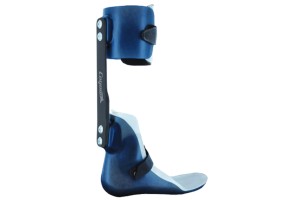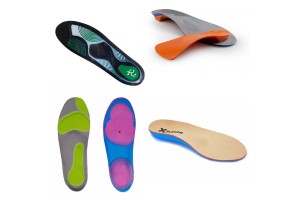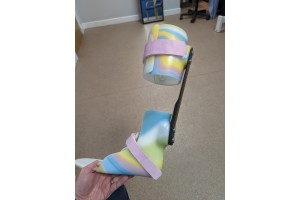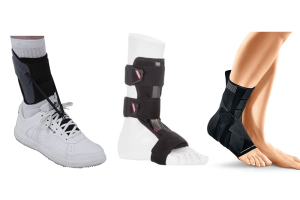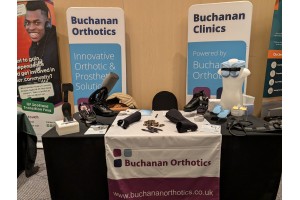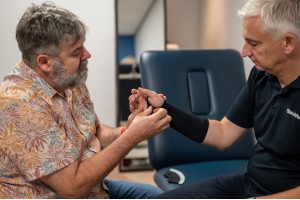What is foot drop?
Foot drop happens when your ankle muscles get weak or paralyzed. This makes it hard to lift the front of your foot and toes, causing you to drag your foot while walking. It's a symptom of another issue, not a disease itself. It could be caused by muscle problems, nerve damage in your leg, or even brain or spinal cord injuries. Some conditions like Multiple Sclerosis or Parkinson's can also cause foot drop.
Book an Assessment
What nerve controls lifting the foot?
The common peroneal nerve controls the muscle tibialis anterior, which, if damaged or compressed, can cause foot drop. Interruption of any part of the nerve from the back around the lumbar vertebrae L4 to the muscle can lead to its development.
What are the signs and symptoms of foot drop?
How to Spot Foot Drop:
- Tripping and falling more often: This happens because the foot doesn't lift up enough as you walk, causing the toes to catch on the ground.
- Worn-out shoe soles: You might notice the soles of your shoes wear down faster, especially near the toes, from dragging them on the ground.
- Slapping sound: In the early stages, some people hear a slapping sound with each step. This is because the muscles that lift your foot also control how fast it lowers after your heel strikes the ground. We call this a foot slap.
- Uneven walking pattern: If the foot drop only affects one foot, your walking pattern might sound uneven, with a slap on one side and a quieter step on the other.
Causes of Foot drop
There are several causes for footdrop
- Trauma to the common peroneal nerve
- Stroke
- Multiple Sclerosis (MS)
- Polio
- Charcot Marie Tooth (CMT)
- Nerve impingement in the back
- Guillain–Barré syndrome
- Cerebral palsy (CP)
- Muscular dystrophy
- Spinal cord injury
Managing foot drop
Foot drop orthotic management is often achieved with an Ankle Foot Orthosis (AFO), sometimes referred to as a splint or brace. These come in two major classes: stock or custom-made devices. Both types of appliances have advantages and disadvantages.
Stock AFO / Splints
Stock AFOs/splints offer a readily available and often more affordable solution for managing foot drop. These pre-made splints come in standard shoe sizes, making them convenient for those seeking a quicker solution. While they may not offer the same level of personalised fit as a custom-made orthosis, advancements in design and materials mean a wide range of stock splints are available to suit different needs and activity levels.
You'll find options crafted from lightweight plastics to high-performance carbon fibre, each designed to provide support and improve mobility. To ensure the best possible outcome with a stock AFO, it's recommended to consult with an orthotist. They can help you find the right model and size for your specific needs and ensure it's fitted correctly for optimal comfort and function.
Book an Assessment
Custom AFO / Splints
Custom AFOs/splints, as the name suggests, are individually crafted devices tailored to your unique needs. Using precise measurements taken from plaster casts or 3D scans of your leg, these orthoses are designed to provide a truly bespoke fit and optimal support.
While custom AFOs represent a greater investment than stock options, this ensures you receive a device perfectly suited to your individual requirements and goals. This is particularly beneficial for individuals with more complex needs or those who haven't found success with off-the-shelf solutions.
However, it's important to remember that custom-made doesn't always automatically mean better. In some cases, where there's minimal deformity and a less bulky solution is desired, a well-chosen stock device may be the more suitable option. Our experienced orthotists can assess your needs and guide you towards the best solution, whether it's a custom or stock AFO
Examples of such Orthotics devices include
Stock Fabric Devices
There are numerous Elastic and Fabric Orthotic devices for the treatment of Foot drop, so many that we have a whole Blog on the subject
Elasticated fabric braces like the Prim Airmed and the Rebound Foot Up wrap around the ankle and has a hook section that attaches in the shoes around the lace or Velcro fastening. They use an adjustable elastic section to provide lift of the foot when walking.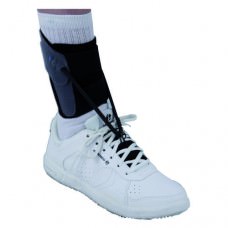
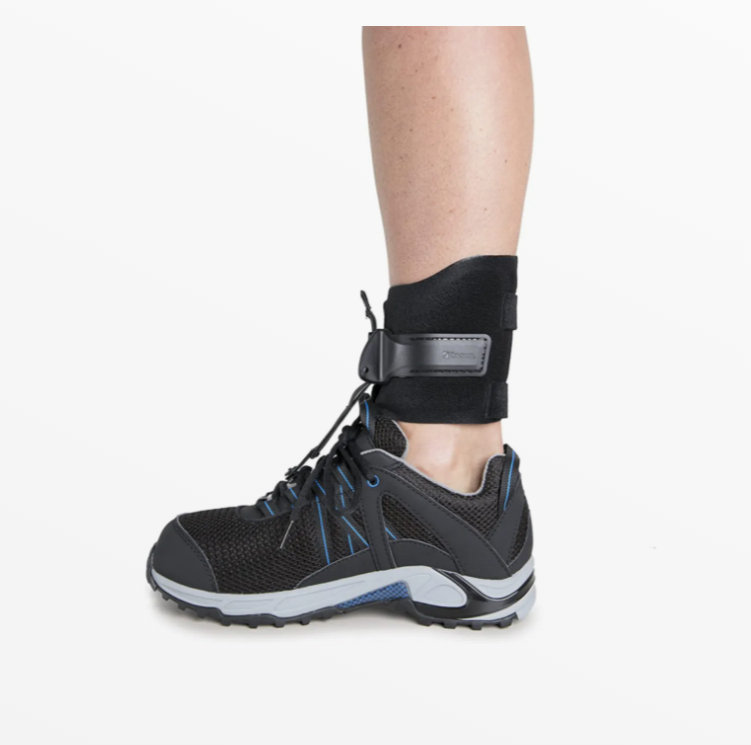
The Neurodyn Foot lift Orthoses is a sock designed brace which uses a figure of 8 elasticated strap arrangement to aid foot lift so fits inside the shoe. This splint also has an additional strap on the outside ankle to pull the foot straight and reduce ankle inversion.
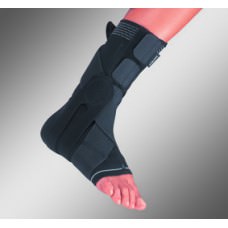
Rigid Stock Devices
Plastic
Stock or off the shelf Ankle Foot orthoses (AFO) are often made in plastic. This is a classic design often called a Swedish AFO or Supralite AFO. They come in standard sizes generally Small to X-Large with the footplate needing trimmed to fit if it is too long. They provide good general support and are often the first AFO most people will try due to the low cost of the devices.
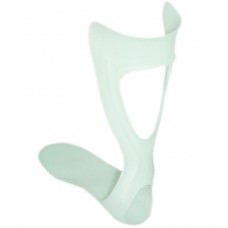
Stock AFO
Carbon Fibre
Carbon Fibre ankle foot orthoses come in various designs and sizes from a number of suppliers. Carbon fibre is light weight and can provide energy return to give a spring when walking. There are numerous different stock Carbon fibre splints which are generally go by your shoe size. They range from rigid to help with knee control to flexible when minimal support is required.
In our clinic we keep a range of Carbon Fibre devices to allow you to try them and feel the benefits of carbon.
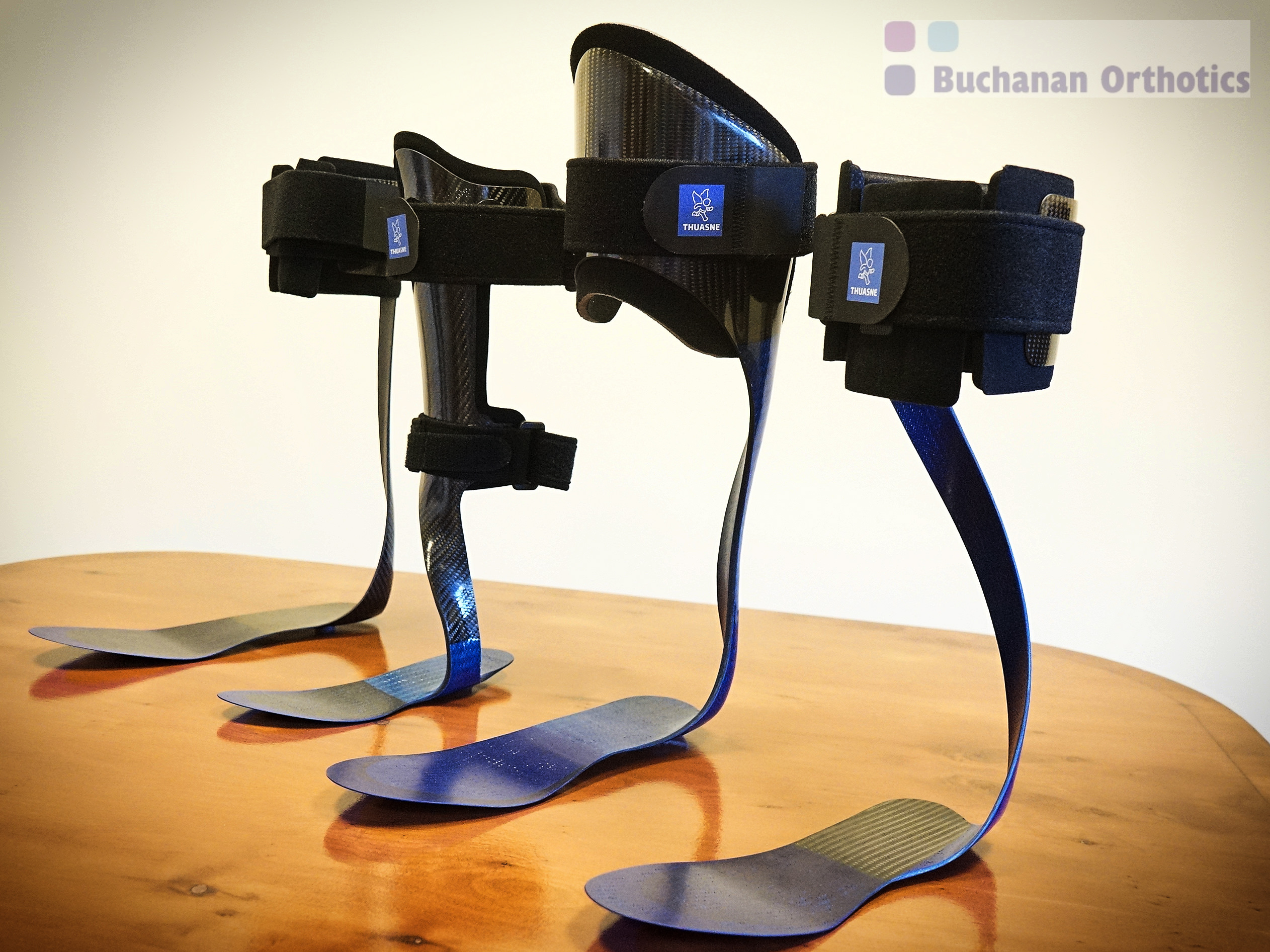
Custom made devices
Book an Assessment
Plastic
Custom made Ankle foot orthoses are made to casts of the leg and are individually designed to meet the clinical need of the person.
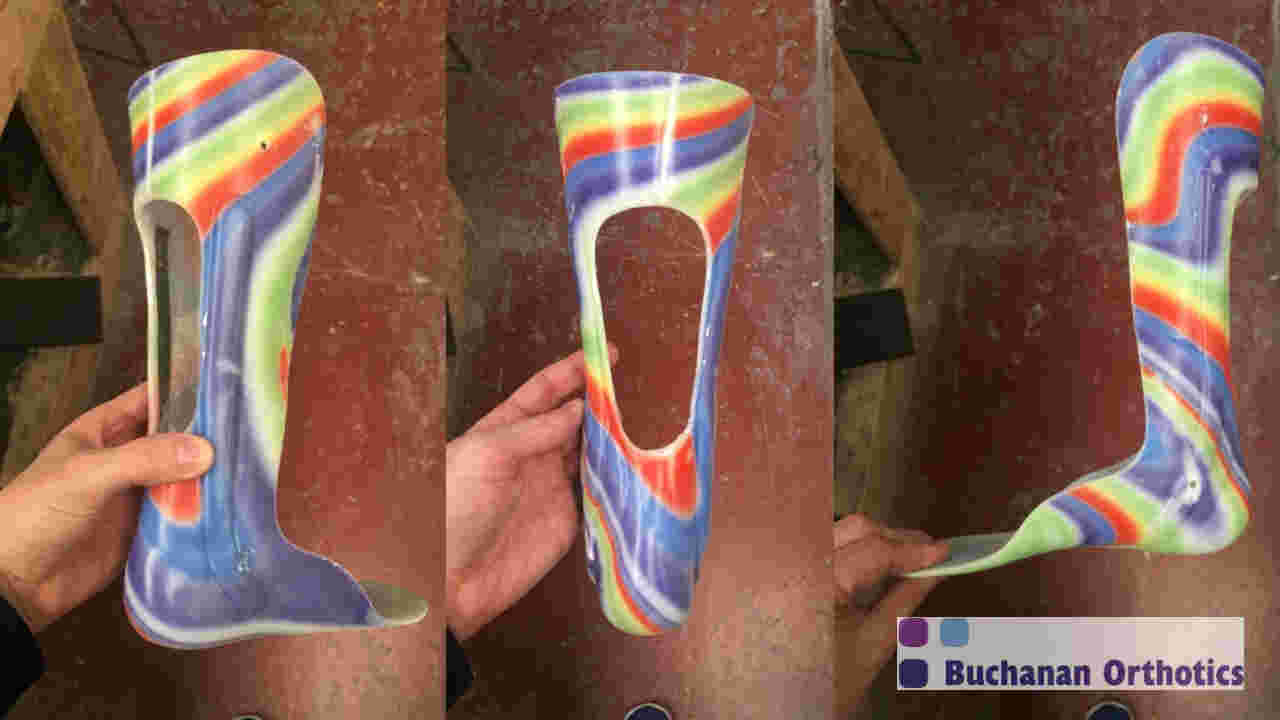
Silicone
The Silicone AFO is the most cosmetic design of AFO for foot drop. Made from silicone that can be approximately colour matched to skin tone. It works by having a reinforced silicone section on the top of the foot. It is suitable for wearing when swimming and often people find it of benefit when walking from the changing room to the pool.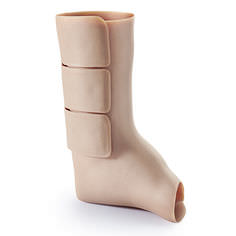
Carbon Fibre
Splints can also be custom made in carbon fibre to provide increased support or energy return over stock carbon devices. These are made to casts of the leg and are designed on an individual basis going on clinical need and anticipated activity they are to be worn during.
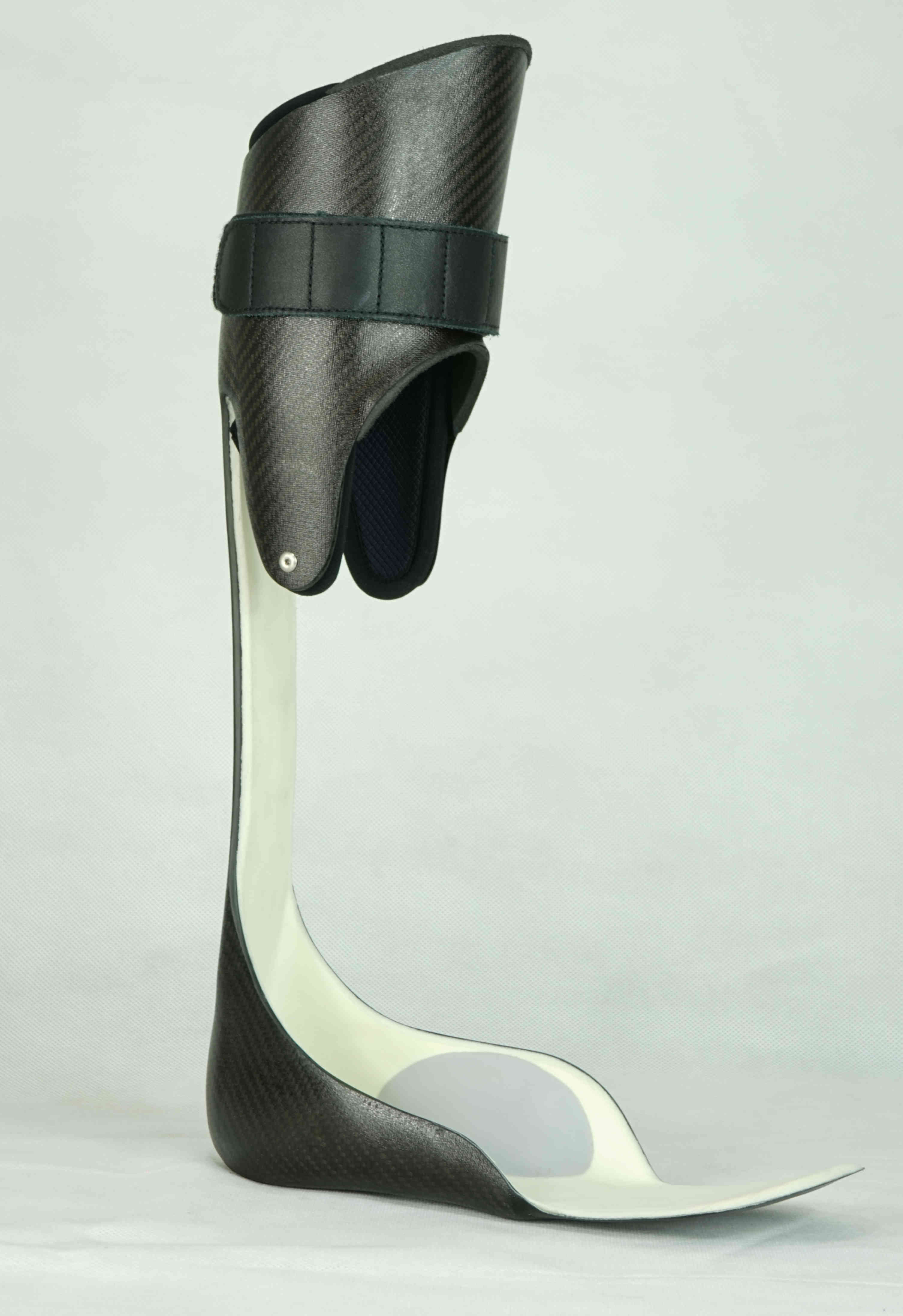
Custom Made PLS Style Carbon AFO
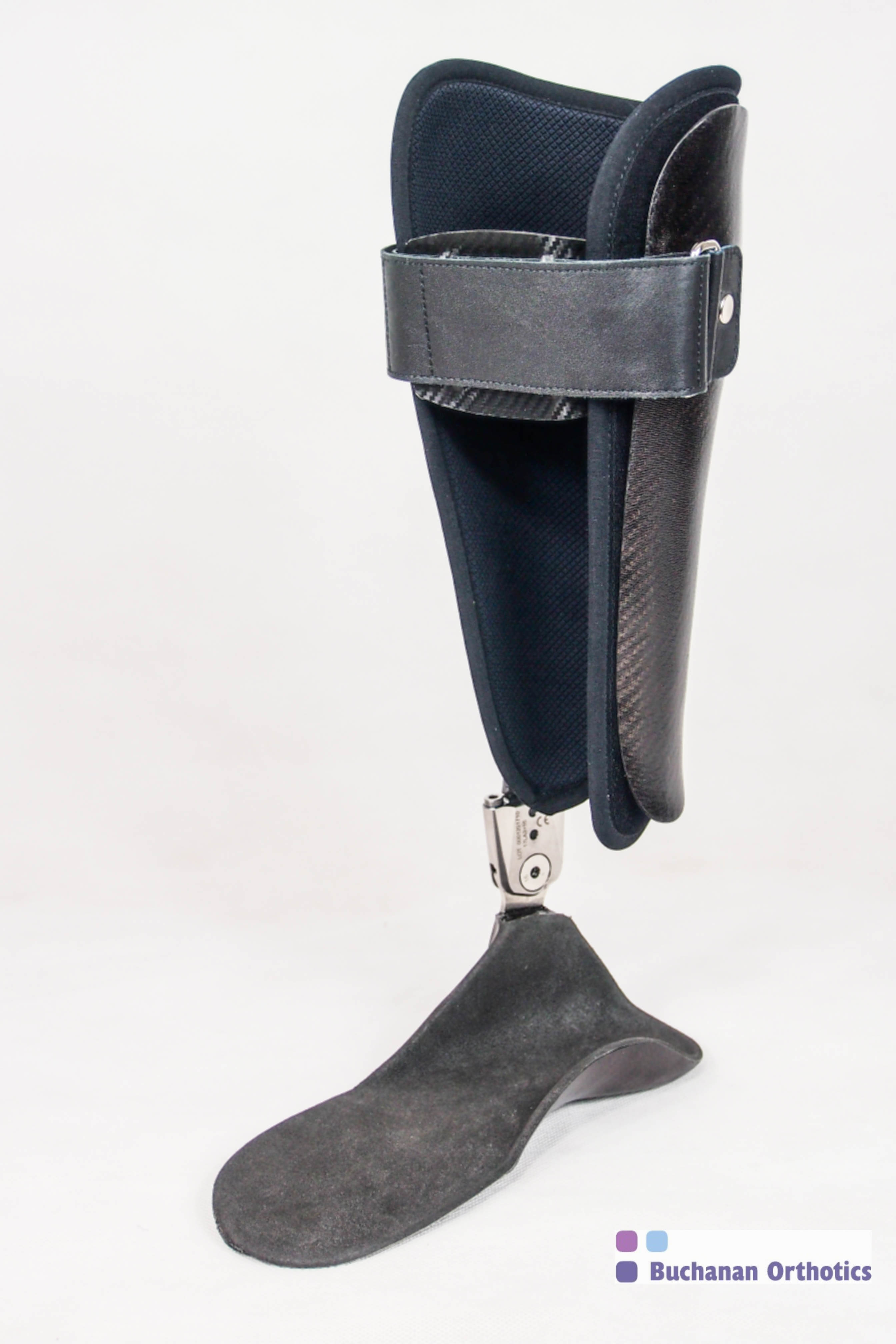
Custom Hinged Carbon AFO
3d Printed AFO's
A newer development is 3d printed splints these can offer an number of benefits over traditional plastic AFOs for foot drop. They can be thinner and have areas of stiffness which would be difficult to produce in a traditional plastic splint. Crispin Orthotics is one of the leading designers of 3d Printed Orthotic devices. Generally they are made to 3d Scans of the leg however, occasional a cast is required and that will depend on the condition. Another major advantage of a 3d Printed AFO is that it is repeatable and when a new one is required it can just be printed again.
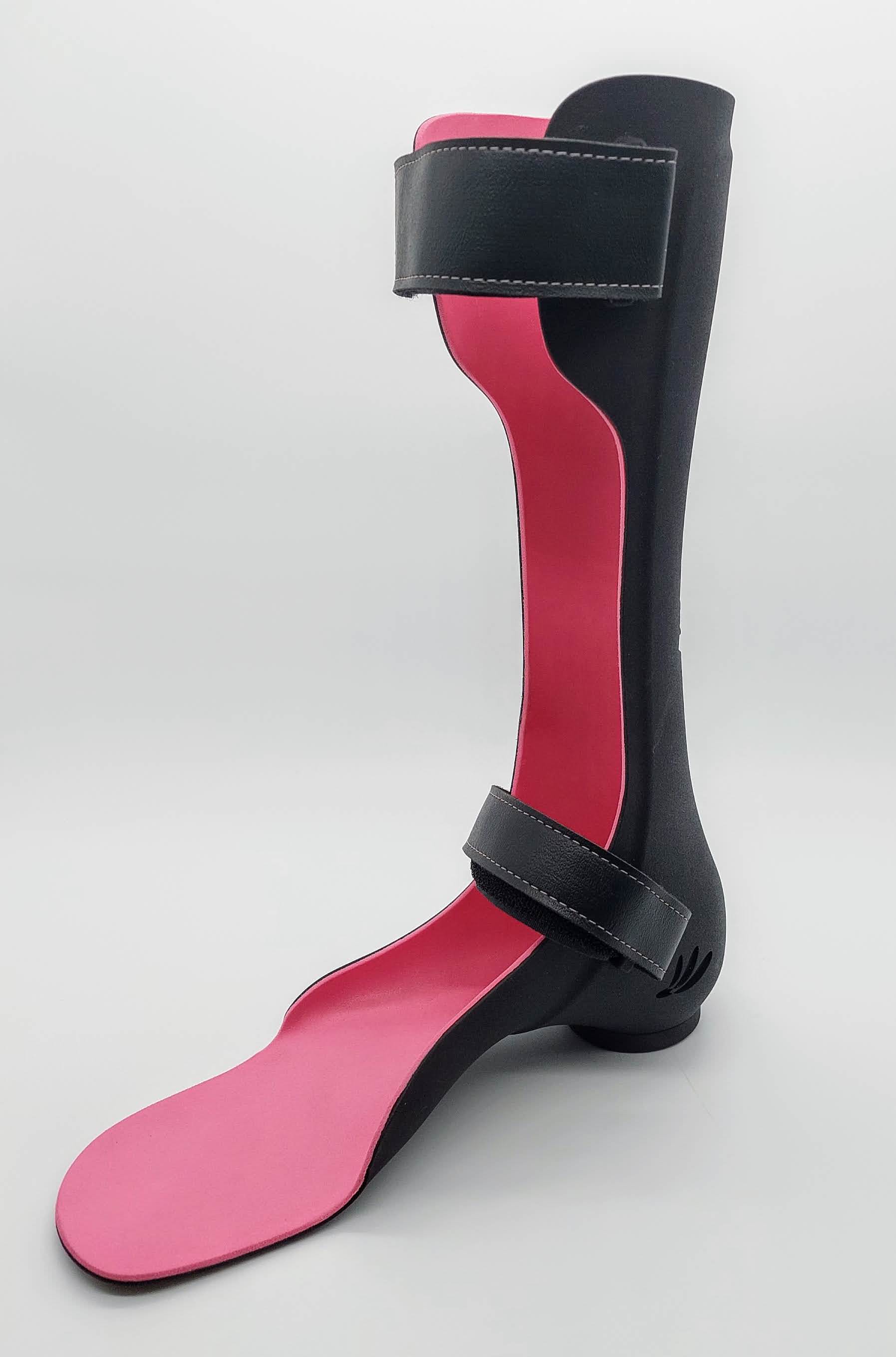
3d Printed AFO
Hybrid designs
There are also hybrid designed splints. These utilise stock of kits to make a device to help with foot drop. A good example of this is the Turbomed Xtern; it is made from a kit but is customised to fit you and your footwear.
Turbomed Xtern
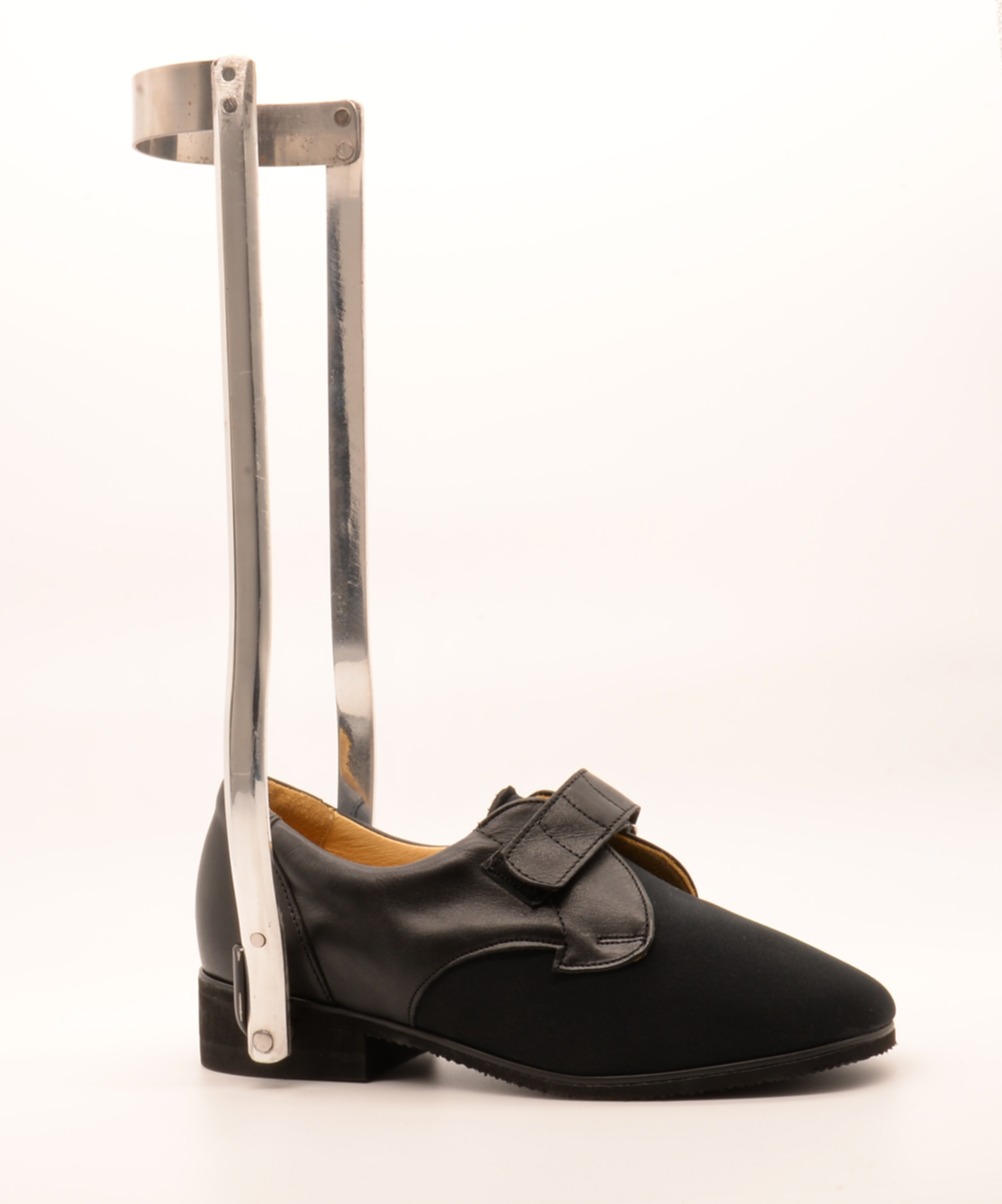
Below knee Iron with backstops
Below knee caliper or Irons can also be classed as a hybrid design as they require footwear to be adapted with sockets to hold the caliper.
These are just some of the options available and our expert clinicians can assist you in finding the right device for you. We are not linked to any one supplier so can offer the best solution to you.
We have a number of articles on the treatment options
Do you provide assessments?
At the Buchanan clinic we offer specialist foot drop assessments in both Glasgow and Edinburgh. You can book online or give us a call on 0141 440 1999
Book an Assessment
Contact us
Email: info@buchanan-clinic.co.uk Call: 0141 440 1999 Address Glasgow: 603 Helen Street, Glasgow, Scotland, G51 3AR
Address Edinburgh: The Royal Burgess, 181 Whitehouse Rd, Edinburgh EH4 6BU
Online Booking: Buchanan Clinic Appointments

